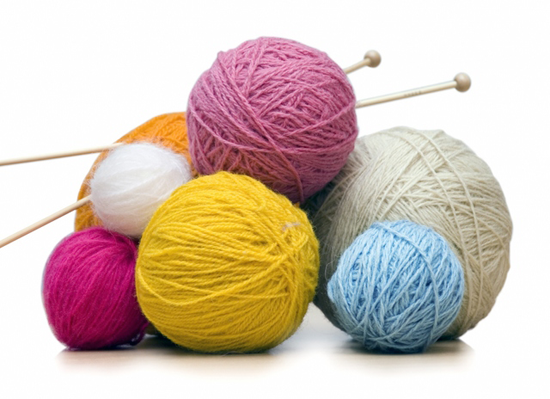
Is Pandora hurting radio, are they expanding the audio space, or is their net impact something altogether different? For clues, we turn to television where disruption may be the most-used term in conference room vocabularies these days.
Last weekend, The New York Times profiled Peter Liguori, the guy with the not-so-enviable task of turning around Tribune Media. Like many legacy media companies, Tribune has been through the false starts, the growing pains, and the missteps in efforts to reinvent its business model.
That was also one of the overriding themes at Gordon Borrell’s Local Online Advertising Conference last month in New York City. Nexstar’s Perry Sook, GateHouse Media’s Kirk Davis, Belo’s Jim Moroney, and Townsquare’s Steven Price all addressed the value of digital integration in revitalizing legacy media companies and platforms.
Sook spoke about embracing digital, but suggested that not every new media development is worthy or appropriate to include in his company’s arsenal.

He was talking about OTT, which is spurring the big conversation in television. It’s the acronym for Over The Top content. In short, it means using the Internet to access what we call “television’ via services like Netflix, Hulu, or YouTube, rather than cable, dish, or even rabbit ears.
As Sook noted at the LOAC event, “I’m not sure (OTT) will be a bigger thing in five years than it is today. At our base, we are a local service business.”
And Tribune’s Liguori went further in the Times article to note that Netflix has benefitted from creating original programming, which is also the secret sauce for his company. Their newest entrant, “Underground,” is already scoring well in the ratings. Both execs are looking at OTT and in the process of analyzing its impact on their respective business models, in much the same way radio operators have considered Pandora.
The question is whether Netflix is damaging TV? Liguori suggests the opposite: “It is growing TV.”
He goes on to note that “Everyone is looking for a bogeyman in the media environment, and I just think we all need to stick to our knitting.”
Radio would do well to take copious notes, because the Pandora conversation over the last several years has revolved around many of these same themes. For some, Tim Westergren’s baby is that “bogeyman” service, siphoning audience away from traditional radio. Others denounce Pandora, claiming that it’s “not radio.” Still others contend that Pandora (along with Spotify and SiriusXM) has expanded the audio space.
But the real question is how can radio prosper by doing what it does best. Or as Liguori puts it, “stick to its knitting?” As Sook (to whom Borrell gave its 2016 Award of Merit for innovation in local media) notes, it’s about providing marketing support for local businesses (that) are crying out for help.”
You do that by building great hometown brands that matter to residents, and therefore, advertisers. For radio, that translates to developing great local personalities, rooting into local communities, and creating experiences you just can’t get from pure-plays or satellite radio.
As Liguori points out in TV, it is convenient to play the blame game, looking for excuses for failure or under-performance. For radio over the decades, these outside challengers have been television, iPods, and these days, a myriad of audio options and choices. While it hasn’t been easy, radio has reinvented itself to face those challengers.
“Sticking to our knitting” may be the best advice for a radio industry that very much wants to stay vibrant and relevant. As companies like Townsquare and others are proving, digital expansion and integration can unlock new audiences paths, along with revenue reservoirs. But it starts with providing the great content, a solid user experience, and a local context that global brands cannot provide.

In just a few days, we’ll unveil new data in Techsurvey12 that will serve as a vivid reminder to programmers in markets big and small about why consumers continue to choose broadcast radio in the face of many new options. The good news is that those reasons haven’t changed much from what we’ve seen in past Techsurveys. Great music, compelling DJs and personalities, and providing emotional benefits that span companionship to mood elevation are all part of radio’s “knitting.”
You beat back the bogeyman by doing what you do best.
Great radio.
See the results of Techsurvey12 at the Worldwide Radio Summit in L.A. on April 13-15. Details here.
- 5 Lessons For Radio From The Apple Watch - May 5, 2025
- DJs And Baristas: Can They Save Their Companies? - May 2, 2025
- Radio’s New Audience Equation: Z Over Y = Trouble - May 1, 2025




Leave a Reply